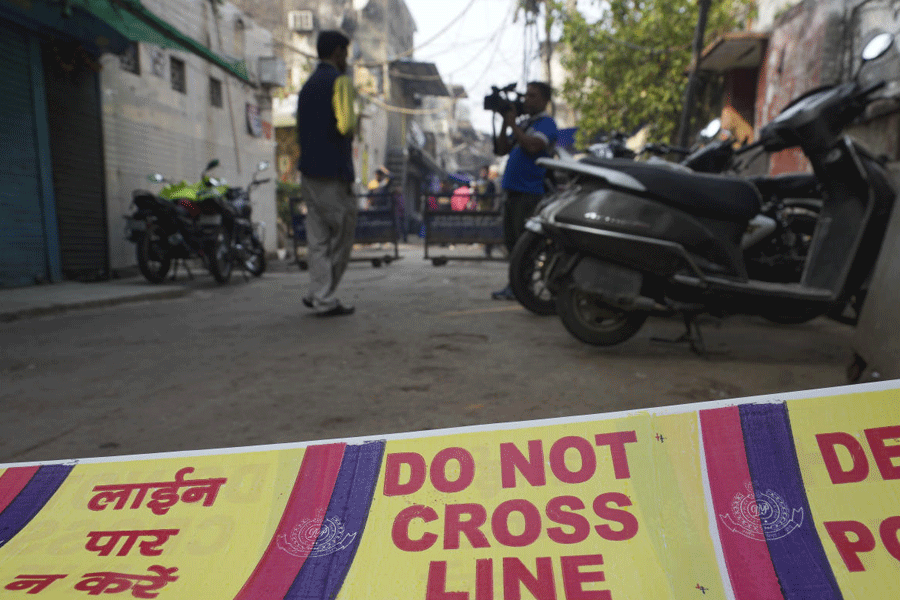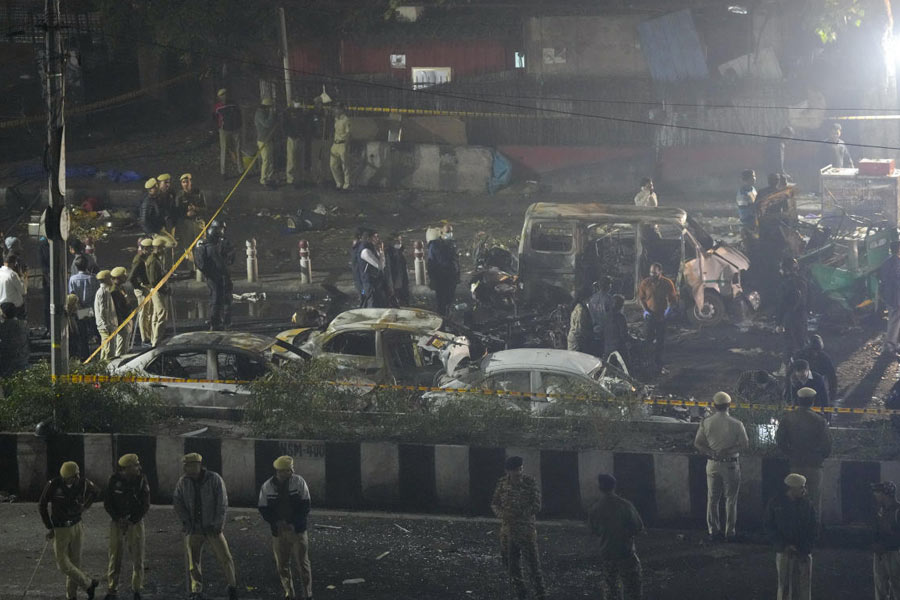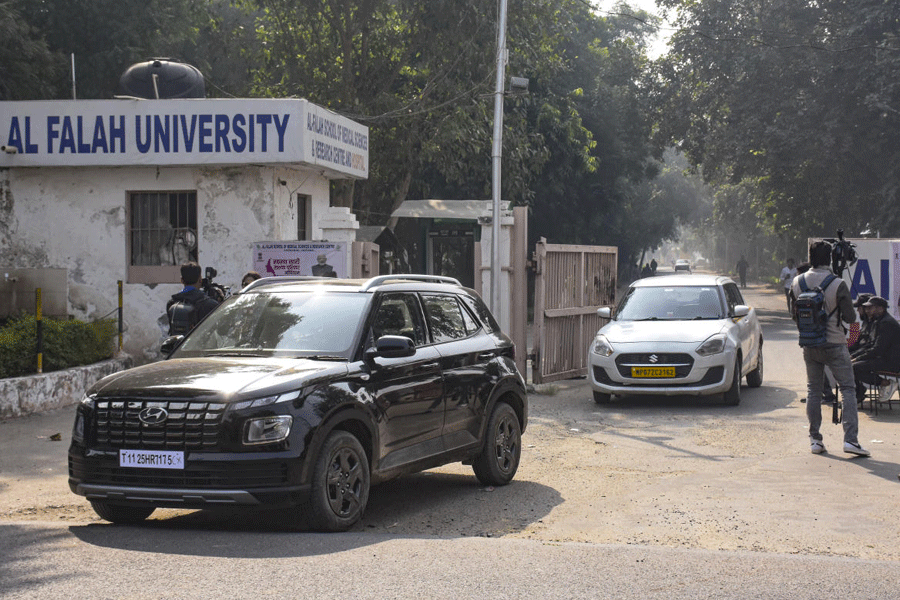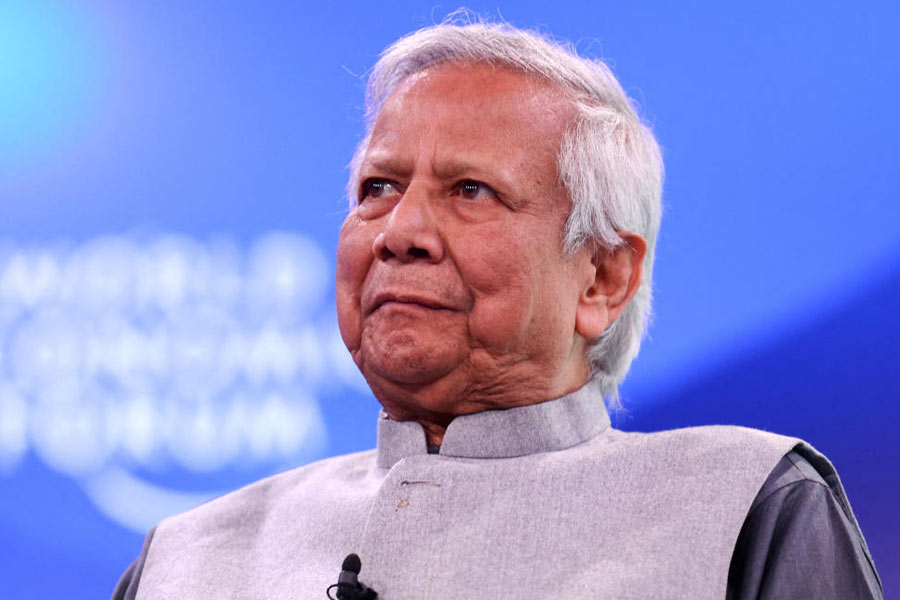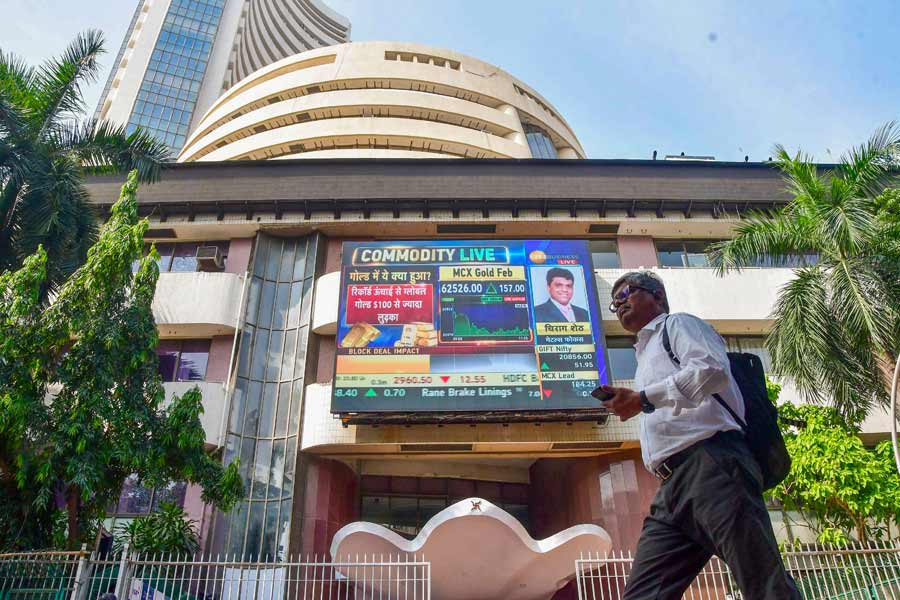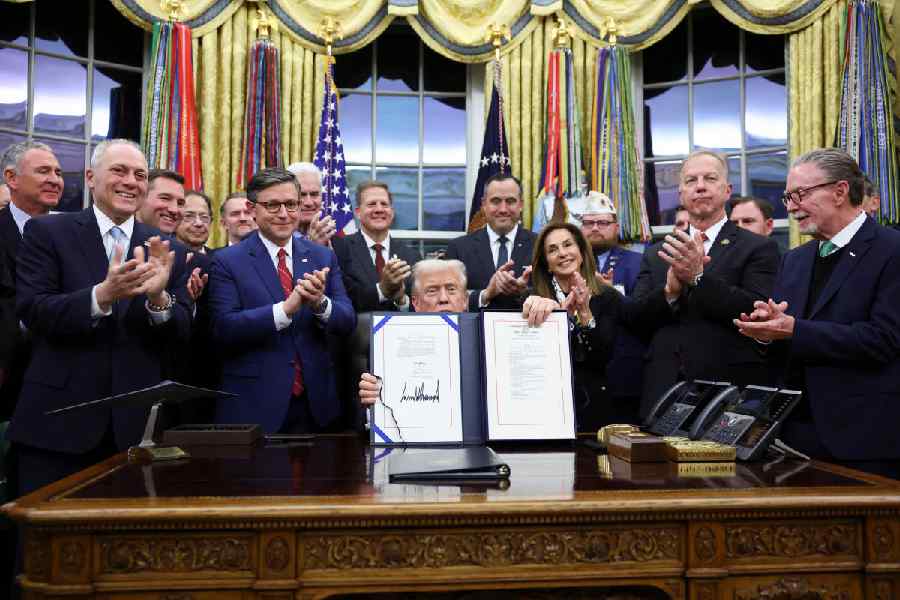The Uttar Pradesh Anti-Terrorism Squad (ATS) on Thursday detained a medical student from Kanpur for suspected links to those already arrested in the Delhi blast case.
Dr Mohammad Arif, 32, a first-year DM (cardiology) student at Ganesh Shankar Vidyarthi Memorial (GSVM) Medical College, was picked up from an undisclosed location, officials told PTI.
An ATS team later searched his rented accommodation in Ashok Nagar, Nazirabad, and seized his mobile phone and laptop for forensic examination before taking him to Delhi for interrogation. “He is likely to be confronted with those already arrested in the Delhi blast case,” an official said.
Arif, a native of Anantnag in Jammu and Kashmir, came under the ATS radar after disclosures made during the interrogation of Dr Shaheen Sayeed, a former GSVM professor associated with Al Falah University.
Sayeed has been arrested in connection with what investigators call a “white-collar terror module” linked to Jaish-e-Mohammed and Ansar Ghazwat-ul-Hind.
Sources said that on the day of the explosion, Arif was in telephonic contact with individuals allegedly tied to Dr Shaheen’s network, including her brother Parvez. He had also recently visited Jammu and Kashmir.
When ATS officials reached his residence, Arif allegedly tried to delete data from his phone, but officers seized it in time.
Preliminary analysis of his call records reportedly revealed communication with the alleged mastermind and other suspects.
Investigators believe the group used a shared email ID to exchange draft messages — a method often employed by terror outfits to avoid detection.
At GSVM Medical College, the development has caused unease among staff and students.
Chief medical superintendent (cardiology) Dr Gyanendra said, “Dr Arif joined here three months ago through All India counselling. He was on duty on Wednesday afternoon and later went to his accommodation outside the campus.”
“Around 7 PM, we were informed that a team had taken him for questioning. He was from Kashmir. He used to come, work quietly and leave,” he added.
Screening of all cardiology students has been initiated as a precaution.
Arif’s landlord Kanhaiya Lal said, “Around 7:30 PM, a four-member team came straight to his room. They already had the keys, searched the entire portion, locked it again, and left quietly.”
He said Arif had submitted his ID before renting the room and that he had “never noticed any suspicious activity or unusual visitors.”
A senior police officer confirmed that Arif had been handed over to central agencies for interrogation. Kanpur Police Commissioner Raghubir Lal told PTI, “We are checking the facts. I will comment only after confirmation.”
CCTV shows suspect’s movements
Earlier on Thursday, a fresh CCTV footage emerged showing prime suspect Dr Umar Nabi entering Delhi through the Badarpur border on the morning of November 10 — the day of the blast.
In the footage, Umar can be seen driving a white Hyundai i20 and stopping at the toll gate around 8:02 am.
Investigators said he appeared tense, “repeatedly looking toward the CCTV camera.” A large bag, suspected to contain explosives, was seen on the car’s back seat.
“His repeated glances toward the CCTV camera suggest that he knew the agencies were looking for him, and he was consciously monitoring his surroundings,” a senior officer said.
Later that day, another camera near a mosque close to Ramlila Maidan captured Umar walking alone before turning his head — revealing his face. Police suspect he visited the mosque to offer prayers before proceeding toward Red Fort.
At 6:52 pm on Monday, the same Hyundai i20 exploded near the Red Fort, killing 13 people and injuring several others. The impact damaged nearby vehicles and scattered debris across the road.
The impact was such that investigators discovered a severed hand on the roof of a shop near the Red Fort blast site on Thursday morning. Police said the hand was found a few metres from the explosion spot, behind the Jain Temple.
Officials said Umar was also spotted in multiple CCTV clips, including one from the Sunehri Masjid parking lot (about 2 kilometres away from the blast site), where he arrived at 3:19 pm and left at 6:28 pm — just 24 minutes before the blast.
Third car traced to Al-Falah University
The police traced a red Maruti Brezza on Thursday, which was reportedly used by the accused doctors for reconnaissance or escape. It was found in the premises of Al-Falah University in Haryana. The vehicle was registered in the name of Dr Shaheen, who is already under arrest.
Earlier on Wednesday, investigators had found a red Ford EcoSport in Faridabad but were still searching for the Brezza.
Intelligence sources told ANI that Faridabad police detained Faheem, a relative of accused Dr Umar, who had parked the EcoSport in Khandwali, Faridabad.
Investigators suspect multiple vehicles were being prepared for simultaneous blasts across several cities.
Investigators uncover detailed plot
Security agencies have recovered diaries from Dr Umar and Dr Muzammil, detailing dates between November 8 and 12 — believed to be the planning period.
The diaries mention around 25 names from Jammu and Kashmir and Faridabad, along with coded entries now being decoded.
“According to the information from the diaries, it can be said that the blast was to be carried out as part of a well-planned conspiracy,” reported ANI quoting a source.
Preliminary findings suggest that eight suspects were working in pairs, each tasked with a different location.
Investigation sources also said the accused had raised money, though each agency differed on the amount – from Rs 20 lakh to Rs 26 lakh.
The money was raised to fund operations and to buy over 20 quintals of NPK fertiliser from Gurugram and Nuh for making IEDs. Umar reportedly created a Signal group with two to four members for coordination.
Dr Muzammil, investigators said, had been drawn to Ansar Gazwat-ul-Hind, an ISIS offshoot, between 2021 and 2022 after contact with associates of slain militants. He was introduced to the network by Irfan alias Maulvi, a preacher and a healthcare worker from Kashmir.
Officials believe the accused were plotting a series of coordinated explosions in major Indian cities.

